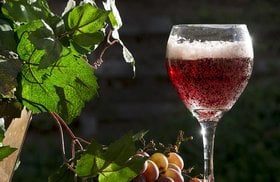Pinot Noir Calories And Nutrition Facts: An Essential Guide
On average, a 5oz glass of Pinot Noir wine contains around 120 calories, while a 750 ml bottle contains roughly 620 calories. So, if you want to indulge in a low calorie wine, a glass of Pinot Noir is a brilliant choice!
However, the Pinot Noir calories vary depending on the alcohol and sugar content in the wine.
Let’s discover all about Pinot Noir calories and nutrition facts and the calories in some of the popular Pinot Noir brands. We’ll also check out where wine calories come from and the other low calorie wines you can drink.
Further reading
- Check out these Refreshing, Luscious Pinot Noir Wines.
- You might also be interested to find out the Calorie Count In A Glass Of Red Wine.
Pinot Noir Calories And Nutrition Facts (in a Glass & Bottle)
Pinot Noir is a low calorie red wine with 105-125 calories per 5oz glass.
A 750 ml Pinot Noir wine bottle with a 10% alcohol by volume (ABV) contains around 540-650 calories. Here’s a breakdown of the typical nutrition facts for a standard glass (5oz glass) of Pinot Noir red wine:
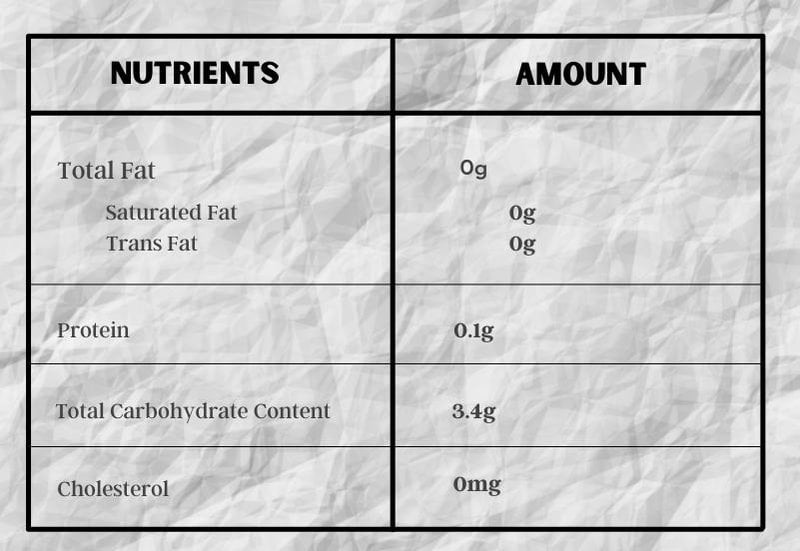
Meanwhile, here are the nutrition facts on a 750 ml bottle of Pinot Noir red wine:
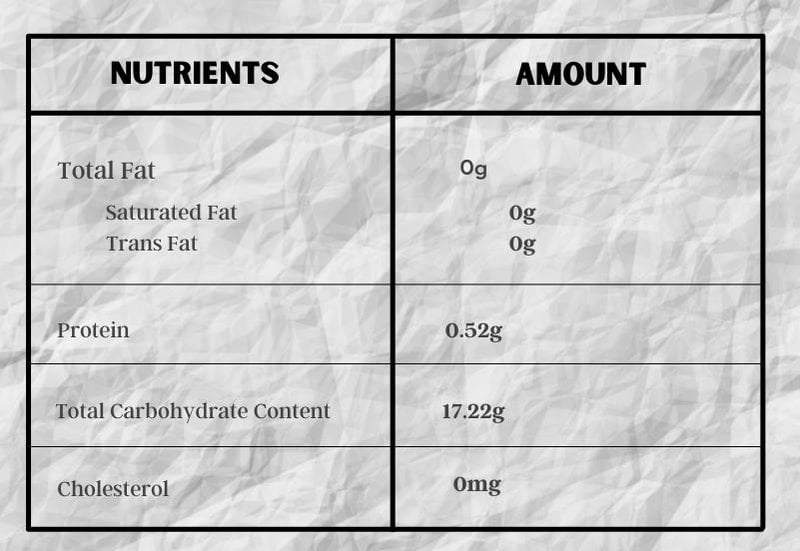
Calories In Popular Pinot Noir Wines
Here are the number of calories in some of the most famous Pinot Noir red wine labels:
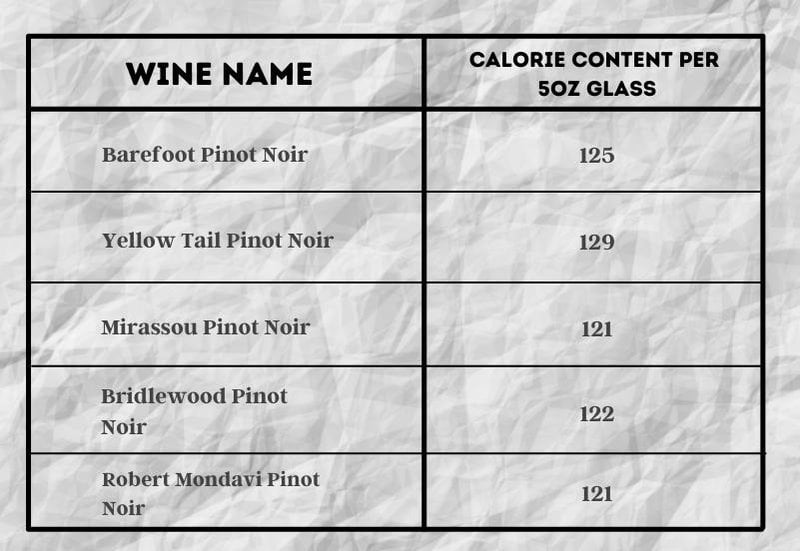
Where Do Pinot Noir Wine Calories Come From?
Like any other wine, Pinot Noir is a blend of water, minerals, alcohol, and carbohydrates (sugar). So, the calories in this wine come from alcohol, carbohydrate content, and proteins.
Now, let’s see how alcohol, carbs, and proteins contribute to the calorie count in your alcoholic drinks.
A. Alcohol

Alcohol contains around 7 calories per gram. So, a wine with a high alcohol content is typically high in calories.
Most wines contain 11-14% alcohol content per bottle and have about 120 calories per glass. However, a fortified wine, like Port wine, contains higher calories due to its higher ABV of about 20%.
Dry wines usually contain fewer calories than sweet wines.
However, a dry wine or Champagne glass with a higher ABV has more calories than a glass of light, sweet dessert wine with less alcohol content.
B. Carbs

Wine carbs come from the residual sugar in the wine and account for about 4 calories per gram.
A dry wine with little residual sugar has fewer calories than sweet Champagne or sparkling wine with the same alcohol content. For example, a Brut Nature alcoholic beverage has no added sugar and contains fewer calories than a doux wine with 50+ grams of added sugar per liter.
Generally, dry wine has around 4 grams of carbs per glass, while sweet wine has up to 20 grams of carbs per glass.
C. Proteins

Proteins contain about 4 calories per gram - the same number of calories from the carbohydrate (sugar) content.
Wine proteins come from the grape varieties, yeast, and bacteria used during winemaking.
What Other Low Calorie Wines Can You Drink?
Here are five other low calorie red and white wine options you should try:
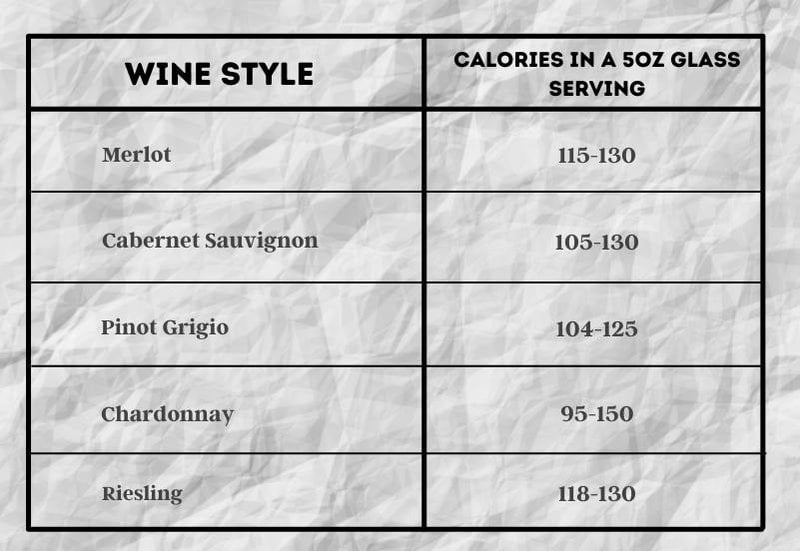
To maintain a low calorie count, avoid drinking these red and white wine options with food containing high carbs and saturated fat, like French fries, sweet and sour chicken, red onion rings, and mozzarella cheese sticks.
Enjoy A Delicious, Low Calorie Pinot Noir Wine!
With about 120 calories per glass, Pinot Noir is a perfect alcoholic beverage to add to your healthy diet plan and replace your beer bottle!
If you want to try other low calorie wine bottles, try alternatives like Pinot Grigio or a dry white wine with a low alcohol content.

But, if you want to invest in fine wine bottles, check out the Vinovest website. You’ll discover an easy way to buy, sell, and store sparkling wine, Brut Champagne, sweet wine, Rose wine, white wine, Cabernet Sauvignon, and other bottles from across the globe.


